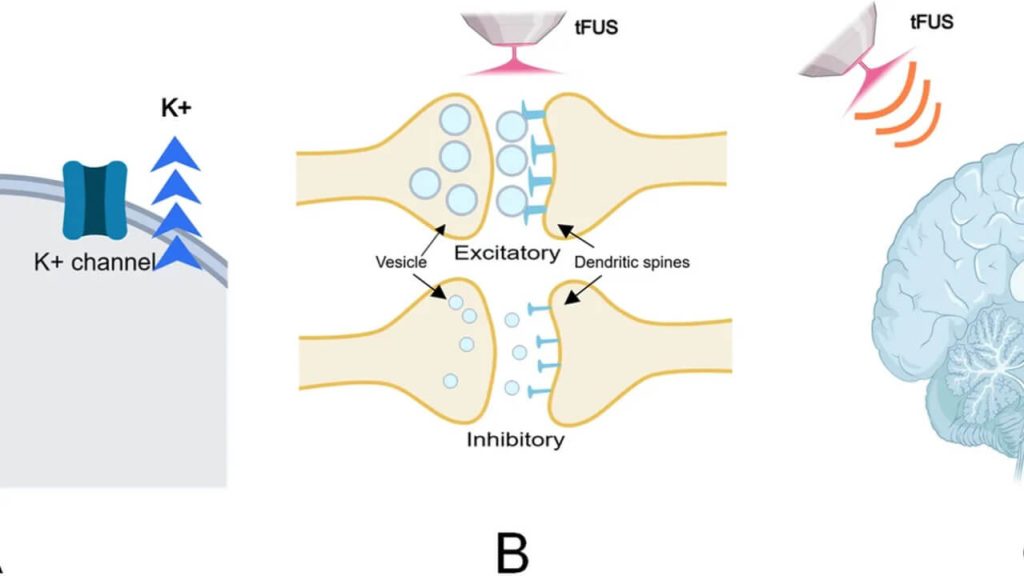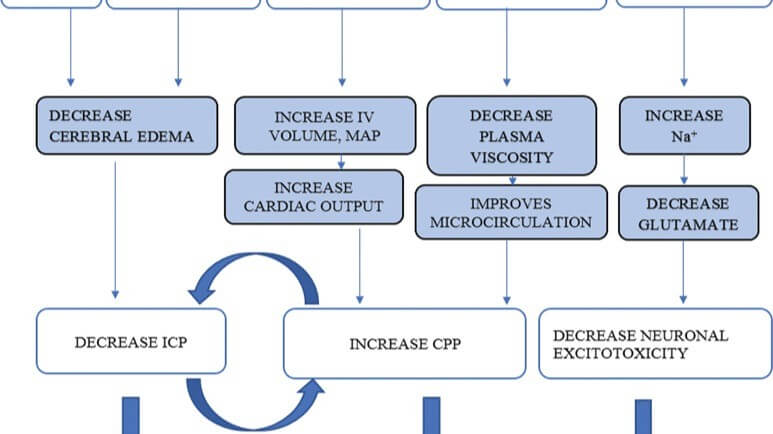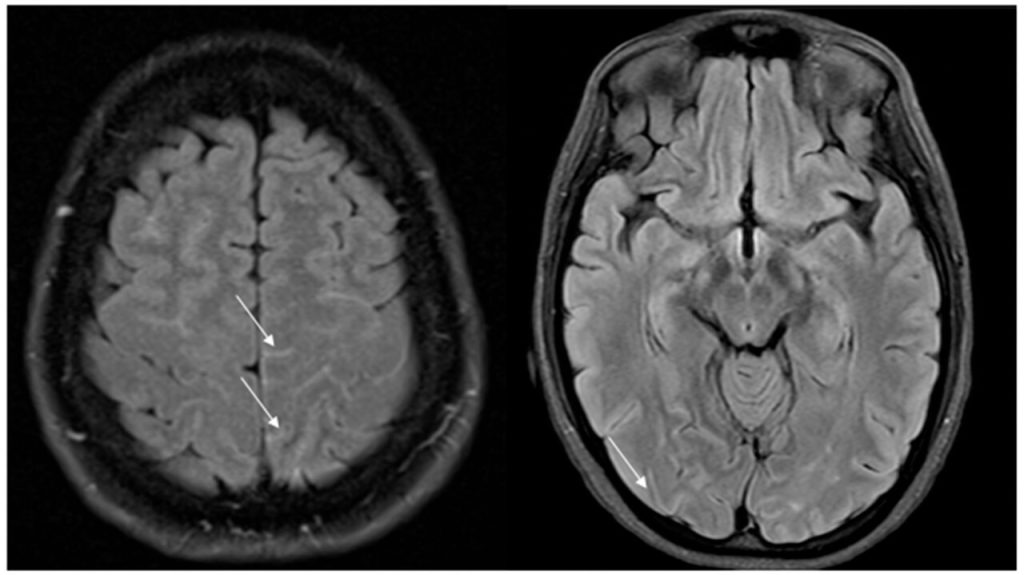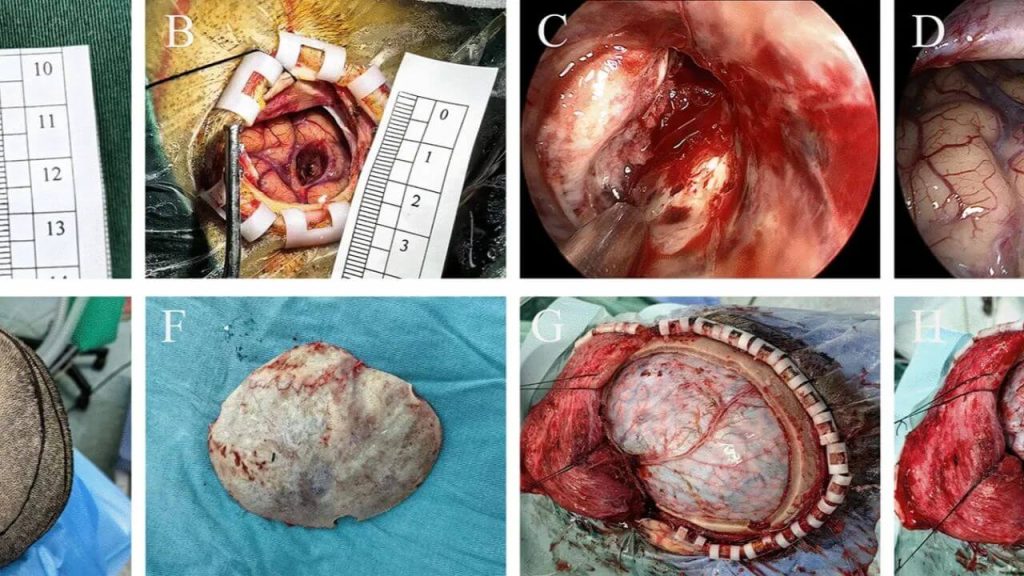Managing Intracranial Pressure Crisis
Abstract: Viarasilpa provides a comprehensive review of current strategies for managing intracranial pressure (ICP) crises, emphasizing critical care management, ICP monitoring, neuromonitoring, and evidence-based therapeutic approaches. The review integrates protocols from the Brain Trauma Foundation (BTF), Seattle International Severe Traumatic Brain Injury Consensus Conference (SIBICC), and Consensus-based management protocol (CREVICE), advocating personalized, neuromonitoring-driven interventions to […]
Managing Intracranial Pressure Crisis Read Post »









